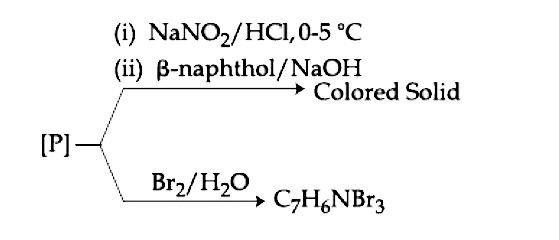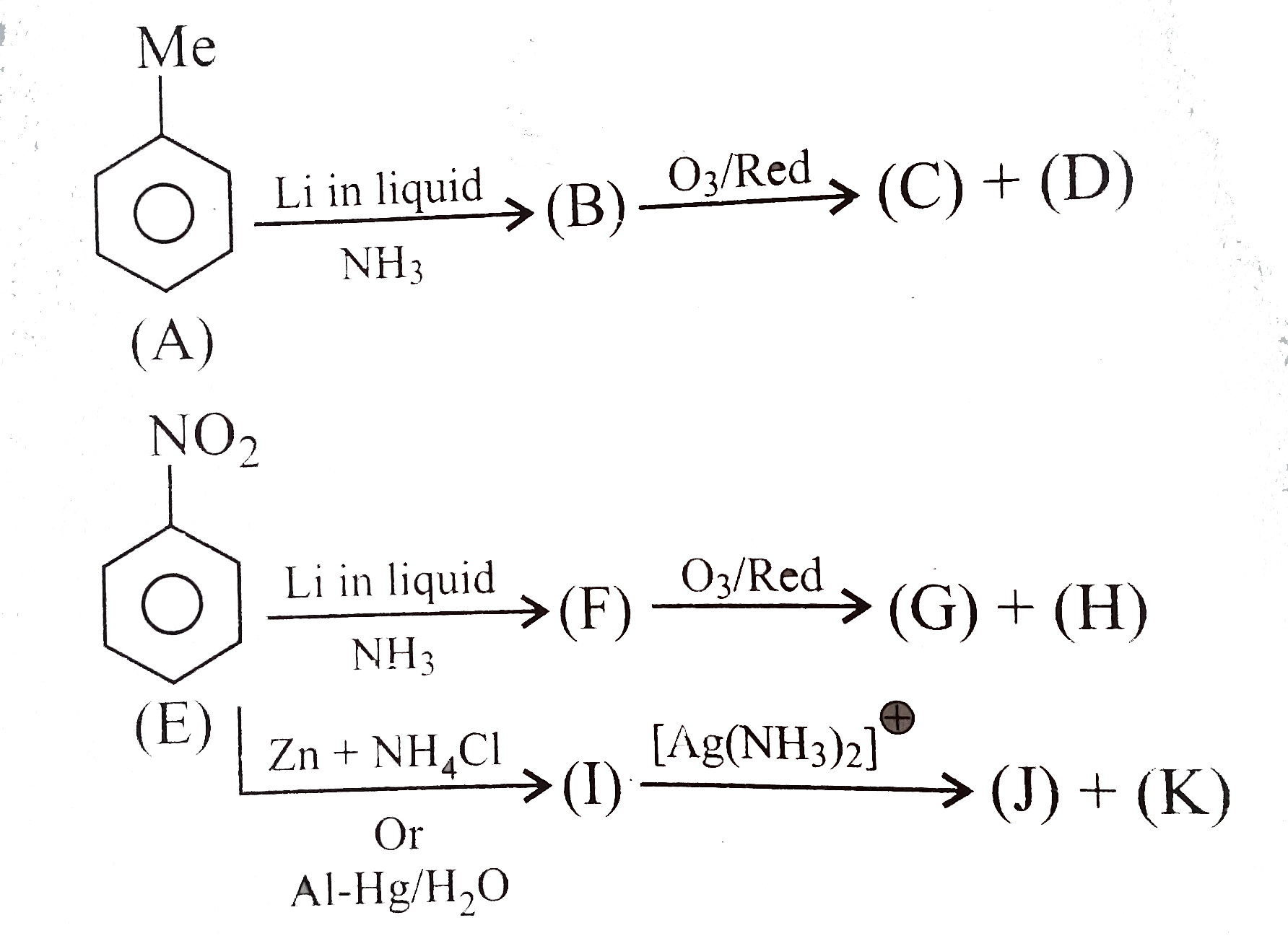Consider the following reaction :
 ,
,
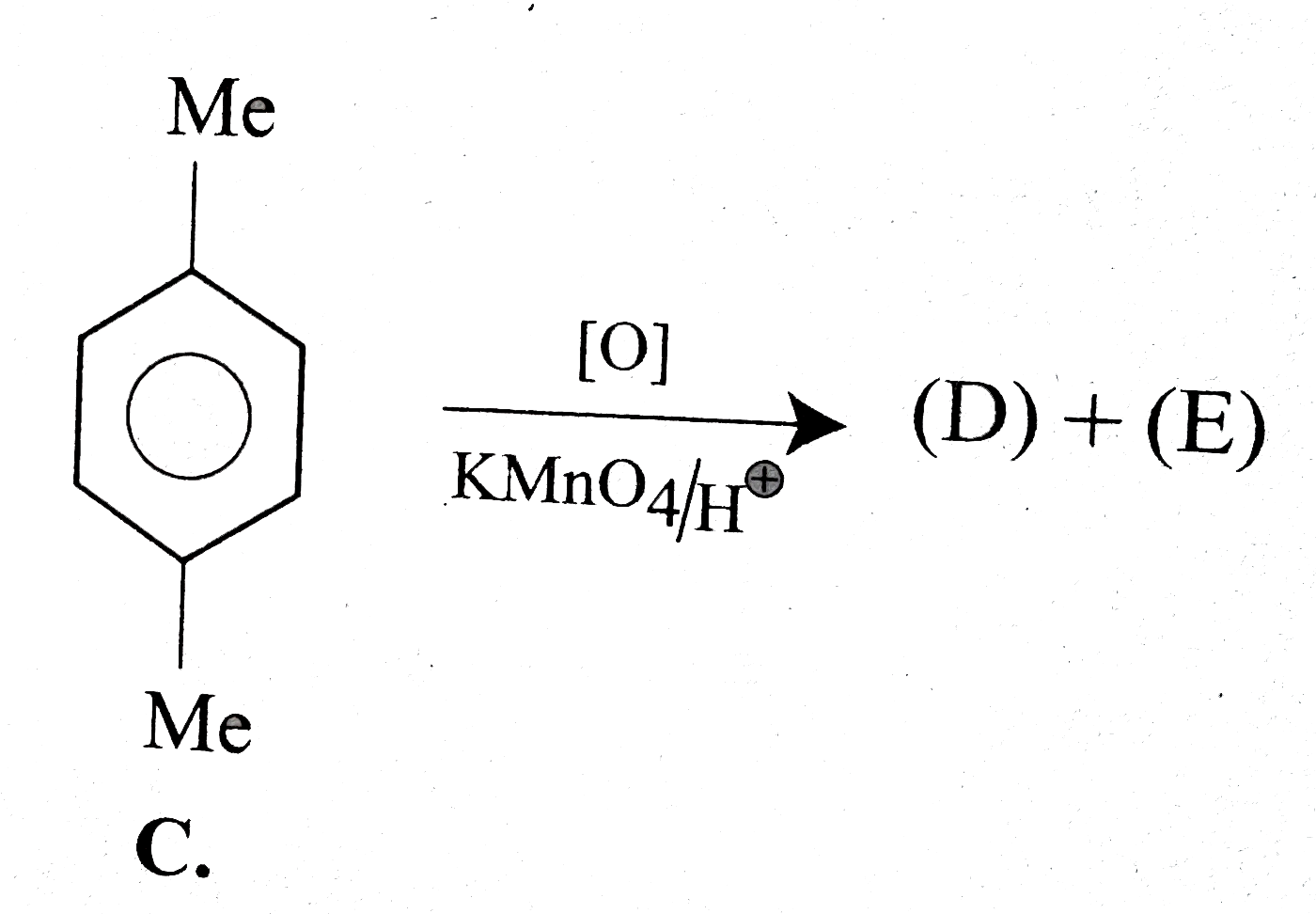 .
.
The compound D is an ortho-isomer and E is a p−isomer.ThecompoundsDandE, respectively, are :
A
Phthalic and isophthalic acids
B
Isophthalic and phthalic acids
C
Terephthalic and phthalic acids
D
Phthalic and terephthalic acids.
Video Solution
Text Solution
The correct Answer is:D
(d)  .
.
|
Topper's Solved these Questions
- GENERAL ORGANIC CHEMISTRYBOOK - CENGAGE CHEMISTRY ENGLISHCHAPTER - GENERAL ORGANIC CHEMISTRYEXERCISE - Multiple Correct
22 Videos
- GENERAL ORGANIC CHEMISTRYBOOK - CENGAGE CHEMISTRY ENGLISHCHAPTER - GENERAL ORGANIC CHEMISTRYEXERCISE - Single Correct
23 Videos
- GENERAL ORGANIC CHEMISTRYBOOK - CENGAGE CHEMISTRY ENGLISHCHAPTER - GENERAL ORGANIC CHEMISTRYEXERCISE - Concept
17 Videos
- CLASSIFICATION AND NOMENCLATURE OF ORGANIC COMPOUNDSBOOK - CENGAGE CHEMISTRY ENGLISHCHAPTER - CLASSIFICATION AND NOMENCLATURE OF ORGANIC COMPOUNDSEXERCISE - Analytical and Descriptive Type
3 Videos
- HYDROGEN, WATER AND HYDROGEN PEROXIDEBOOK - CENGAGE CHEMISTRY ENGLISHCHAPTER - HYDROGEN, WATER AND HYDROGEN PEROXIDEEXERCISE - Subjective Archive (Subjective)
3 Videos
Similar Questions
Knowledge Check
Consider the following sequence of reaction :

The compound A is :A B
B C
C D
D
Consider the following reaction
 The compound X is
The compound X is
View SolutionConsider the following reaction sequence
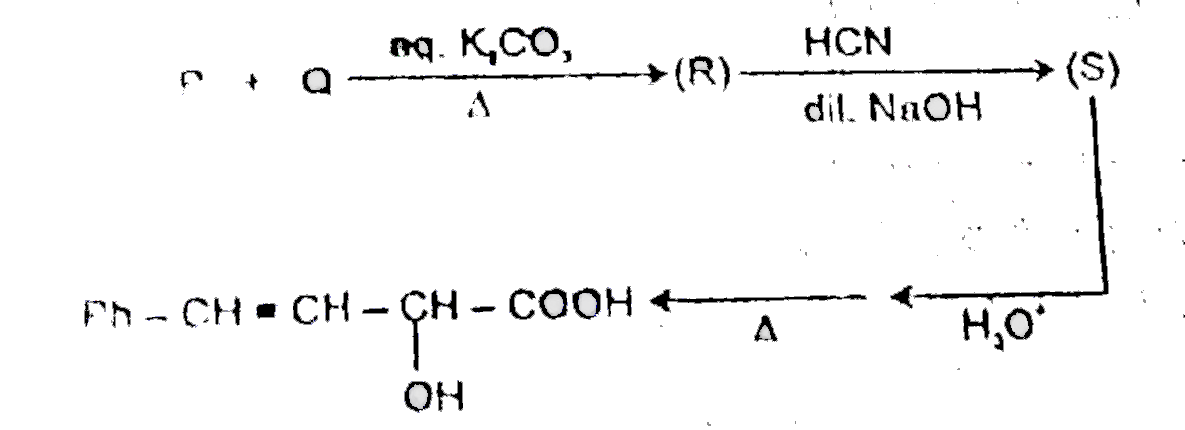
The compounds P and Q are :
View SolutionConsider the following reaction :

,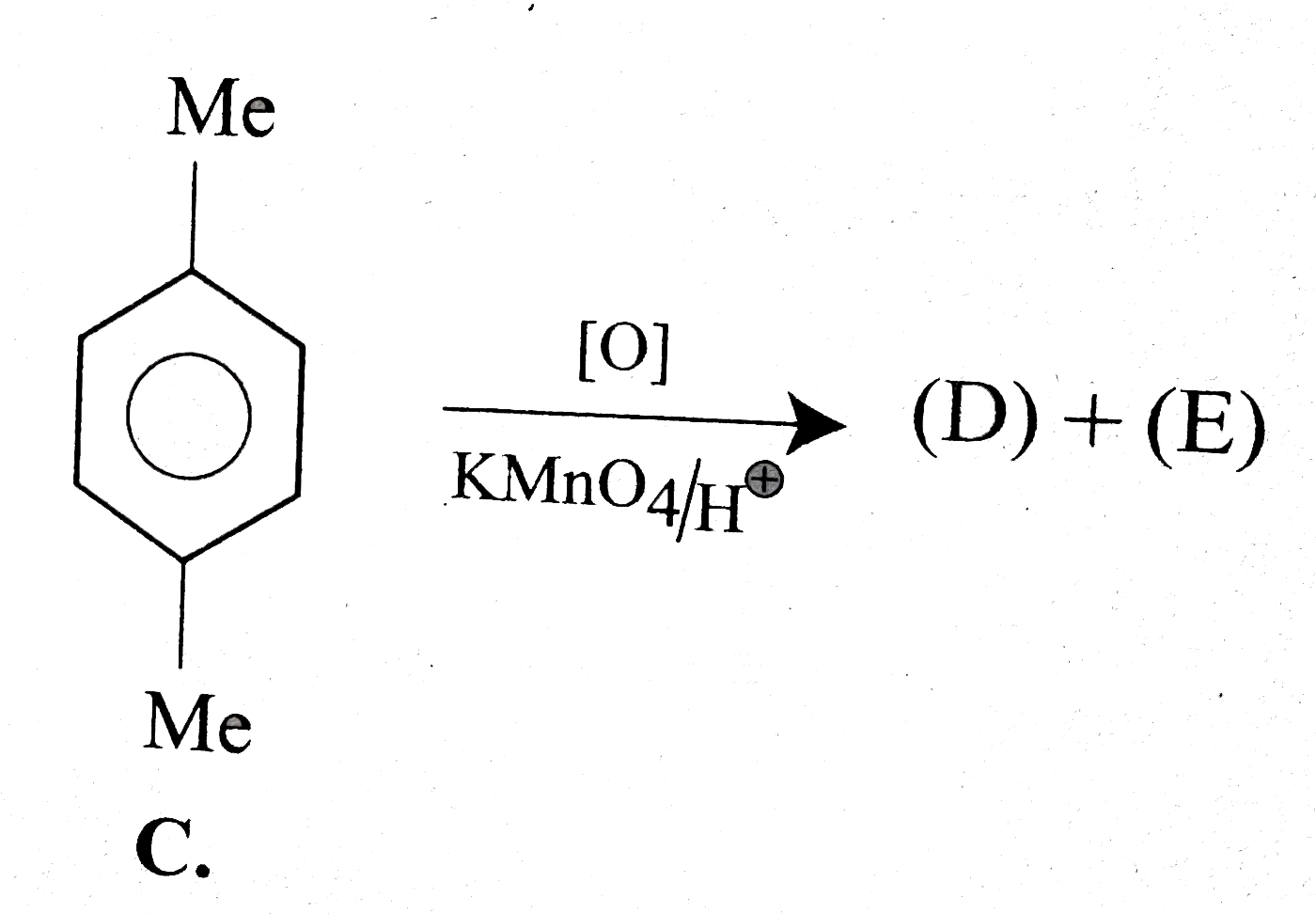 .
.
The m−isomer of D and E is called :
View SolutionConsider the following reaction , the compounds P and Q are respectively

View SolutionComplete the following reactions :
a.
b.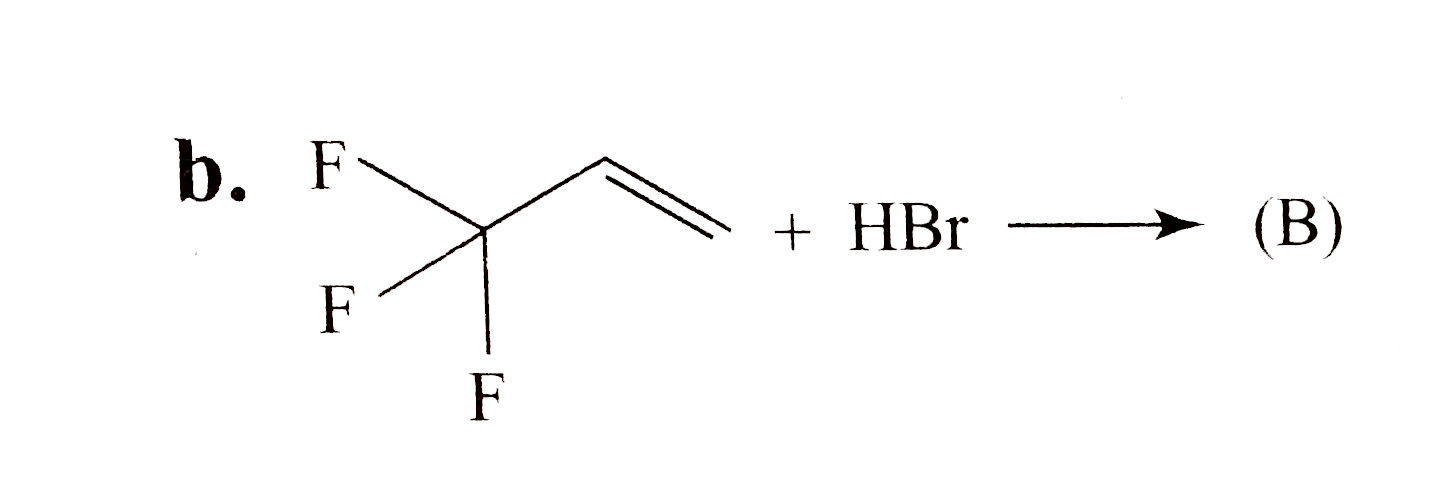
c.
d.
e.
View Solution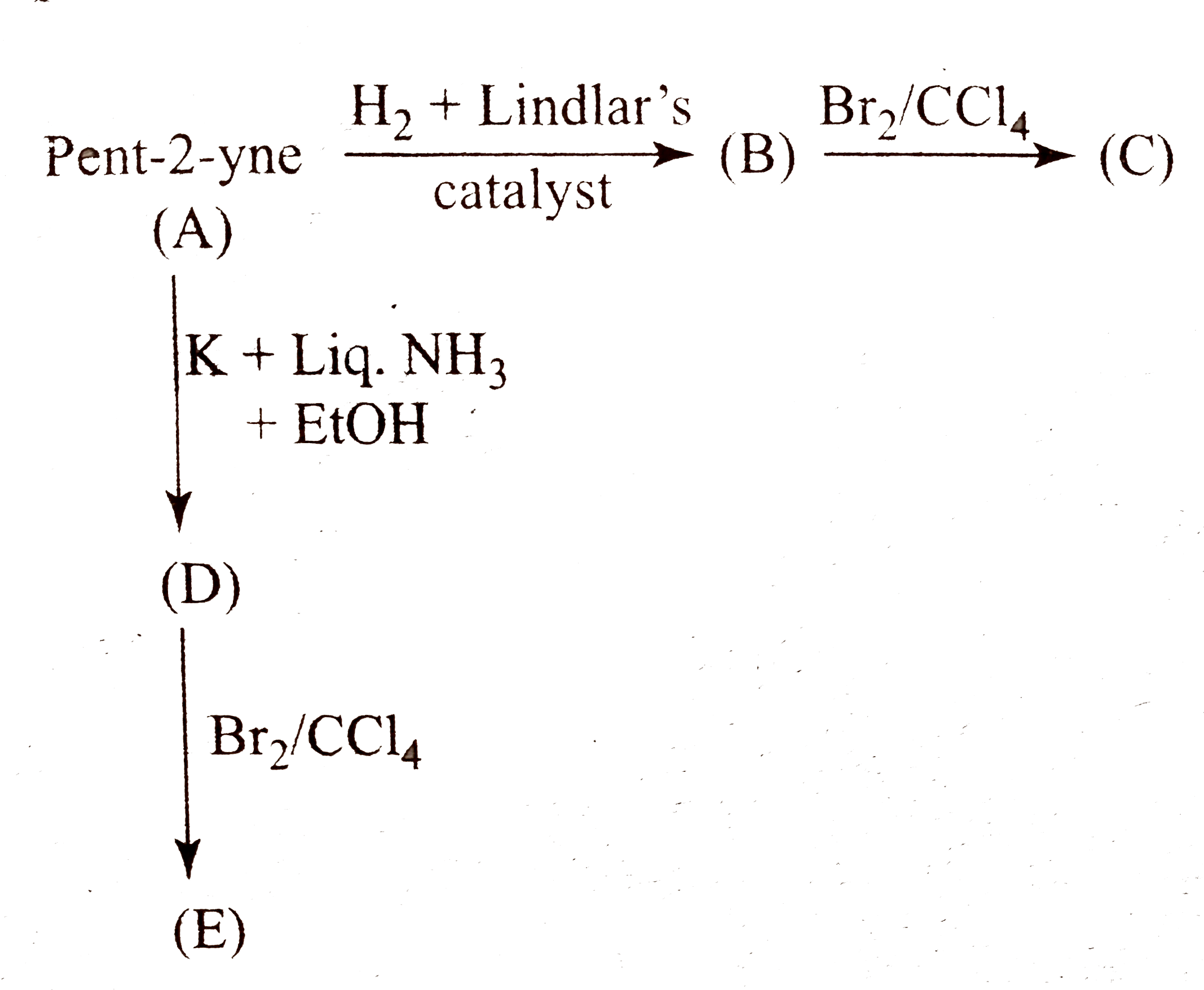
Compound (B) and (D) are, respectively :
View Solution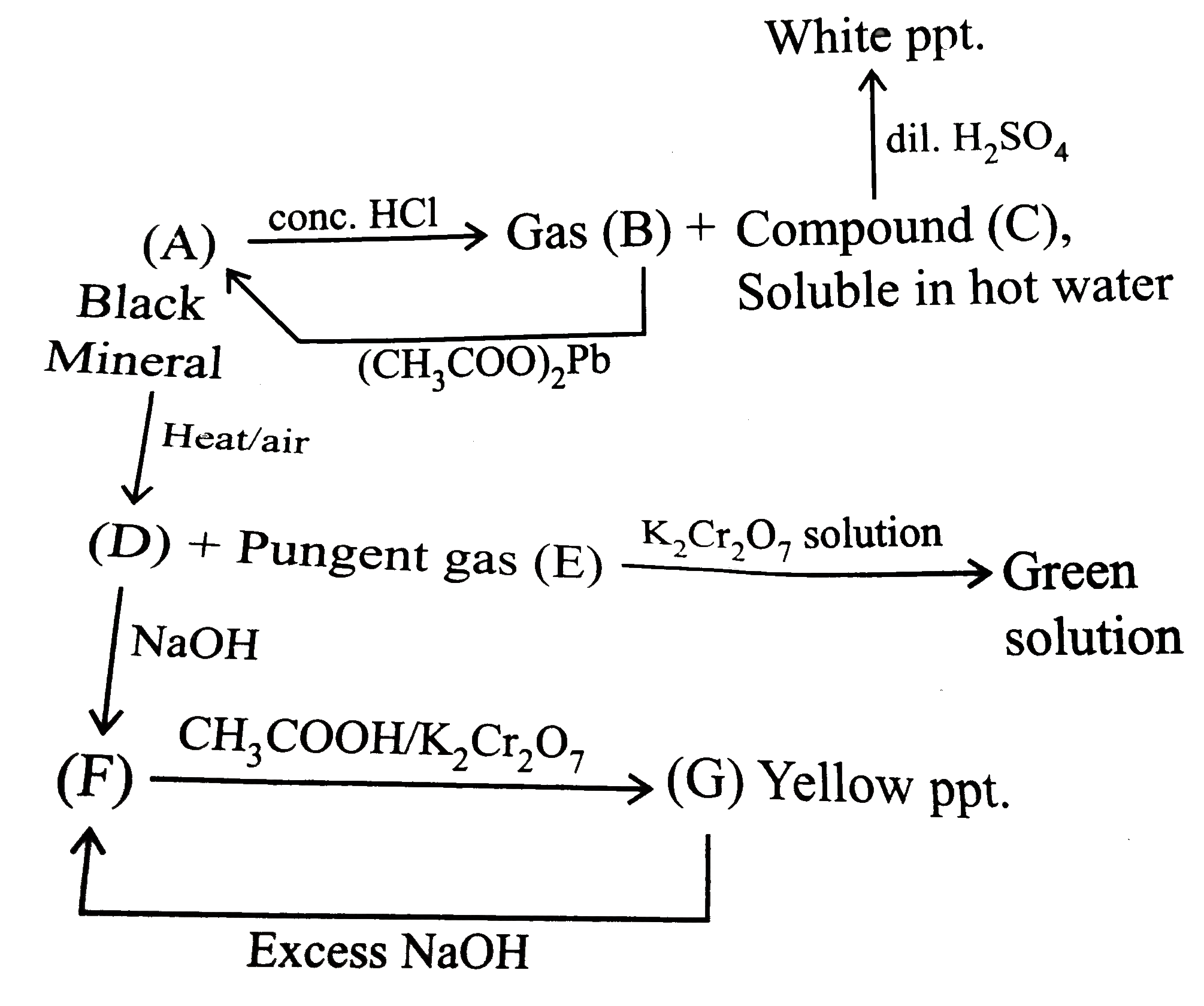
Compound (C ) and (D) are respectively
View Solution

